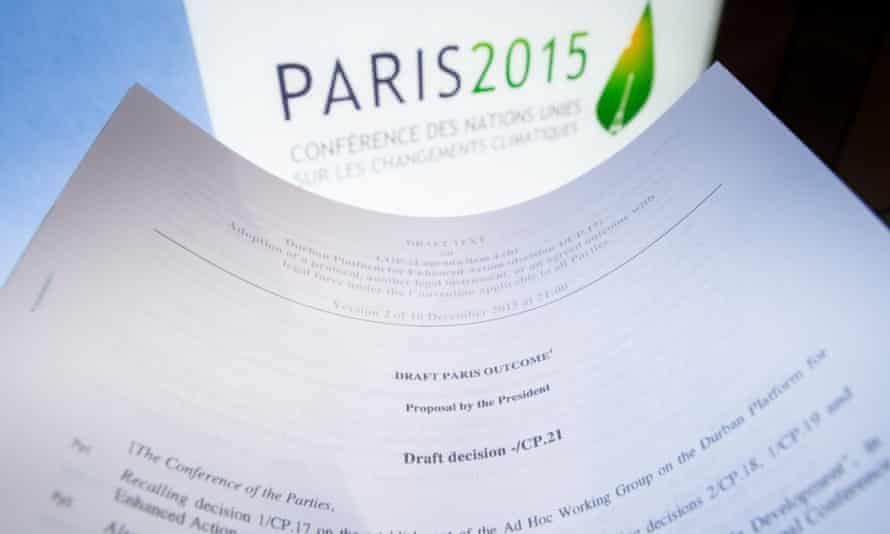What is Cop26 and why does it matter? The complete guide | Cop26
What is Cop26?
For almost three decades, world governments have met nearly every year to forge a global response to the climate emergency. Under the 1992 United Nations Framework Convention on Climate Change (UNFCCC), every country on Earth is treaty-bound to “avoid dangerous climate change”, and find ways to reduce greenhouse gas emissions globally in an equitable way.
Cop stands for conference of the parties under the UNFCCC, and the annual meetings have swung between fractious and soporific, interspersed with moments of high drama and the occasional triumph (the Paris agreement in 2015) and disaster (Copenhagen in 2009). This year is the 26th iteration, postponed by a year because of the Covid-19 pandemic, and to be hosted by the UK in Glasgow.
When?
The conference will officially open on 31 October, a day earlier than planned, because of Covid-19, and more than 120 world leaders will gather in the first few days. They will then depart, leaving the complex negotiations to their representatives, mainly environment ministers or similarly senior officials. About 25,000 people are expected to attend the conference in total.
The talks are scheduled to end at 6pm on Friday 12 November, but past experience of Cops shows they are likely to extend into Saturday and perhaps even to Sunday.
Why do we need a Cop – don’t we already have the Paris agreement?
Yes – under the landmark Paris agreement, signed in 2015, nations committed to holding global temperature rises to “well below” 2C above pre-industrial levels, while “pursuing efforts” to limit heating to 1.5C. Those goals are legally binding and enshrined in the treaty.
However, to meet those goals, countries also agreed on non-binding national targets to cut – or in the case of developing countries, to curb the growth of – greenhouse gas emissions in the near term, by 2030 in most cases.
Those national targets – known as nationally determined contributions, or NDCs – were inadequate to hold the world within the Paris temperature targets. If fulfilled, they would result in 3C or more of warming, which would be disastrous.
Everyone knew at Paris that the NDCs were inadequate, so the French built into the accord a “ratchet mechanism” by which countries would have to return to the table every five years with fresh commitments. Those five years were up on 31 December 2020, but the pandemic prevented many countries coming forward.
All countries are now being urged to revise their NDCs before Cop26 in line with a 1.5C target, the lower of the two Paris goals. Scientists estimate that emissions must be reduced by 45% by 2030, compared with 2010 levels, and from there to net zero emissions by 2050, if the world is to have a good chance of remaining within the 1.5C threshold.

Are we nearly there?
No. The UN reported recently that current NDCs, including those that have been newly submitted or revised by the US, the EU, the UK and more than 100 others, are still inadequate. They would result in a 16% increase in emissions, far from the 45% cut needed. So much more remains to be done.
Is this all about…
Read More: What is Cop26 and why does it matter? The complete guide | Cop26
